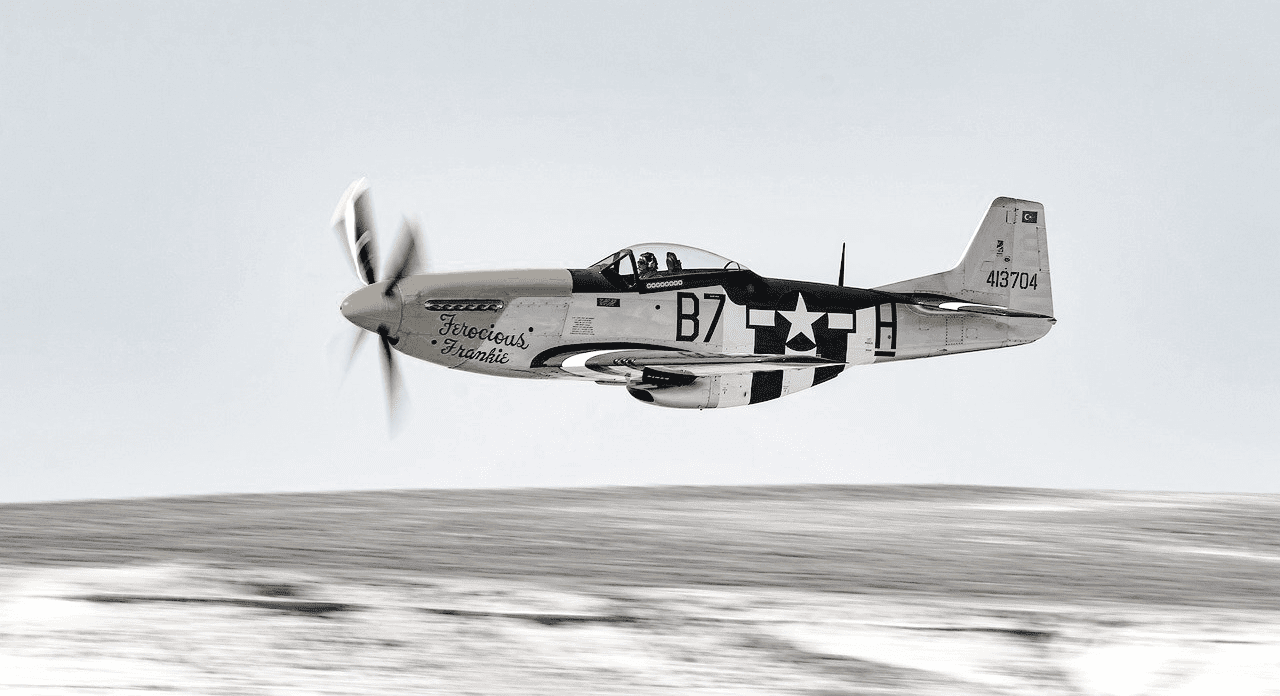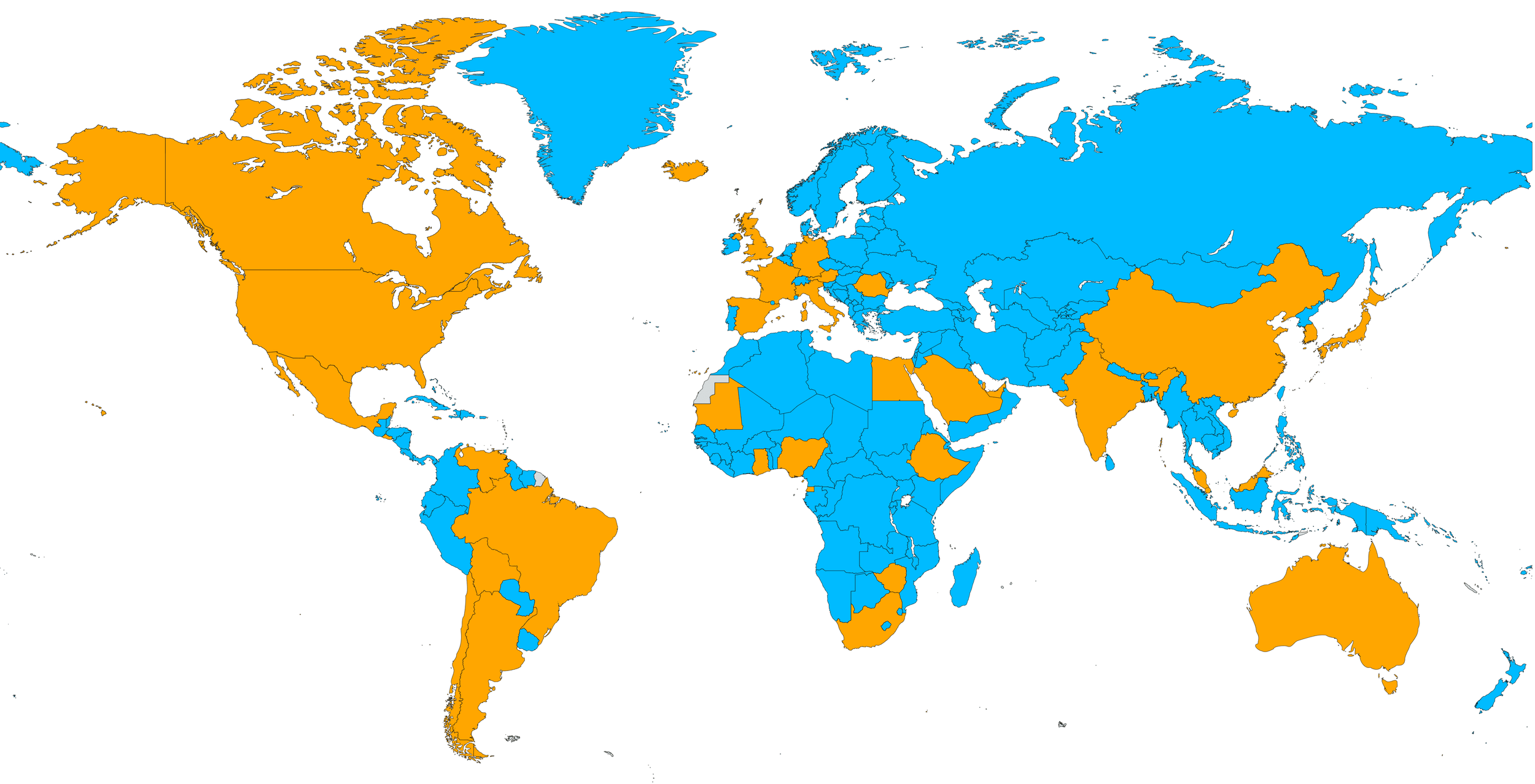Survival Equipment
Summary
4/15/2025 Read time: 8 minutes
The US, Canada, Greenland, Iceland, and Europe require a long list of survival equipment for single-engine aircraft flying over maritime and inhospitable terrain. When flying South of the Arctic Circle, multi-engine aircraft only need flashlights, medical kits, life rafts, life jackets, PLBs, and signaling devices. Beyond regulation, consider Fire Containment and survival training courses.
Details
Regulations will group aircraft into different categories. Here are five ways a particular reg may or may not apply depending on what you fly and how you are operating:
Under 12,500 lbs (5700kg) vs. heavier
Part 23 (max 19 pax & 19,000lbs) vs. Part 25 (heavier).
Single-engine vs. multi-engine
Private vs. commercial operations
Domestic ops vs. International ops
There are many more, but these are most relevant for a trip across the pond.
FAA Regulations
Private operations below 12,500 lbs skud run you under several regs relevant to an overwater flight. Domestically, this operation is not technically required to have life vests and a life raft on board.
CFR PART 91.509 spells out the overwater equipment requirements, which only apply to aircraft greater than 12,500 lbs. Nevertheless, it is a good idea to equip voluntarily. Internationally, it will be required by other countries anyway.
91.509 specifies the life preserver (vest) requirement for airplanes over 50 nautical miles from shore. Once you are greater than 100 miles or 30 minutes from shore, the list expands to:
Life preserver
Liferafts
Pyrotechnic signaling device for each raft (flare/smoke)
Floating PLB
You may have heard of outside gliding distance to land equipment requirements, but those only apply to commercial operations.
Over the water
Flying internationally subjects you to additional regulations of other countries, which, for the most part, follow ICAO’s proposed rules. One difference between ICAO and the FAA regarding survival equipment is that ICAO expects all aircraft to have a medical kit and flashlight (night flying) on board. The FAA does not require these for aircraft less than 12,500 lbs.
Crossing through Canada, Greenland (Denmark), and Iceland drastically increases the survival equipment for single-engine aircraft. Multi-engine are exempt unless flying north of 66° 30′ North latitude (Arctic Circle).
Shopping List
In summary, Canada has loose guidelines (must have means of fire starting, etc.) and some specifics. Greenland is very particular, and Iceland punts to ICAO regulations. References are below. If you want to attempt an Atlantic crossing in a single-engine, here is your list:
Flashlight
First Aid Kit
Life vest per person with electric illumination (covered by immersion suit)
Life Raft: covered with locator light
Two signal flares: day and night type
Flare gun with eight red signal cartridges
1×1 M signal sheet
Signal mirror
Compass
Knife
Rescue blankets or sleeping bags with a weatherproof lining
Four boxes of matches in a waterproof container
Ball of string
Cooking stove with fuel
Emergency Rations: 2000 calories per person
Two Survival ELT’s
Winter: snow saw or shovel
Winter: 40 hours worth of 2-hour candles
Additional recommended equipment by Canada and Greenland:
Tent
8×8 Tarp
Saw
Rain protection
Space blankets
Air mattress/ foam pad
Sewing Kit
Sleeping bags
Greenland: Rifle and ammo for polar bears (Note, this isn’t a license to bring a gun into or out of countries; there are other regulatory considerations.)
It adds up to about 60 lbs of required survival equipment (if you keep it light), 13 lbs per immersion suit, and 40-60 lbs per life raft. That’s a lot of gear to put in an aircraft!
Remember, the purpose of the gear is to survive until rescue, and regulations are slow. A means of satellite communication and a resource of search and rescue contacts would do you a lot better than a sewing kit, even if not required by regulation.
Lithium Ion Fire Containment
On one of my flights, the crew and passengers carried 25 lithium-ion devices among the eight onboard persons. While the chance is low, Lithium-ion thermal runaway is a challenging emergency, especially over the ocean where no nearby airports exist.
For this reason, consider a Lithium-Ion Fire Containment system and smoke masks to combat a thermal runaway situation. If you have a fire onboard, you have to fight the fire. This gave us a couple of tools if the need arose.
HighWater Innovations, PlaneGard, is the first certified Lithium-ion containment solution for aircraft.
Training
All the gear in the world does no good unless you have the knowledge, health, and physical ability to use it. I highly recommend broadening your skills as a pilot and getting additional training above and beyond the 12-month recurrent insurance requirement. Mastery of aircraft systems and avionics is only a minimum starting point.
There are great hands-on courses for fire fighting, aircraft evacuation, water ditching, water and land survival, high altitude and upset recovery training, crew resource management, and basic medical care.
Lastly, consider a second brain in the cockpit. While not required, two pilot crews demonstrated improvement in the safety record.
References
Aviate
Go shopping. There’s a lot of gear. Note the seriousness of the list. The expectation is that you should be able to survive for a couple of days until help arrives. Undoubtedly, many regulations were in place before the proliferation of single-engine turbine aircraft, but regulations are regulations.
If traveling through Goose Bay, Canada (CYYR), to Wick, Scotland (EGPC), you can rent immersion suits, life rafts, and PLBs. Check out Far North Aviation.
Look into aircraft evacuation and water ditching/survival training.
Bookmark this Search and Rescue contacts resource.
Navigate
Article 9 of 22 on your international operations journey. Eject at any time to land at international articles.






